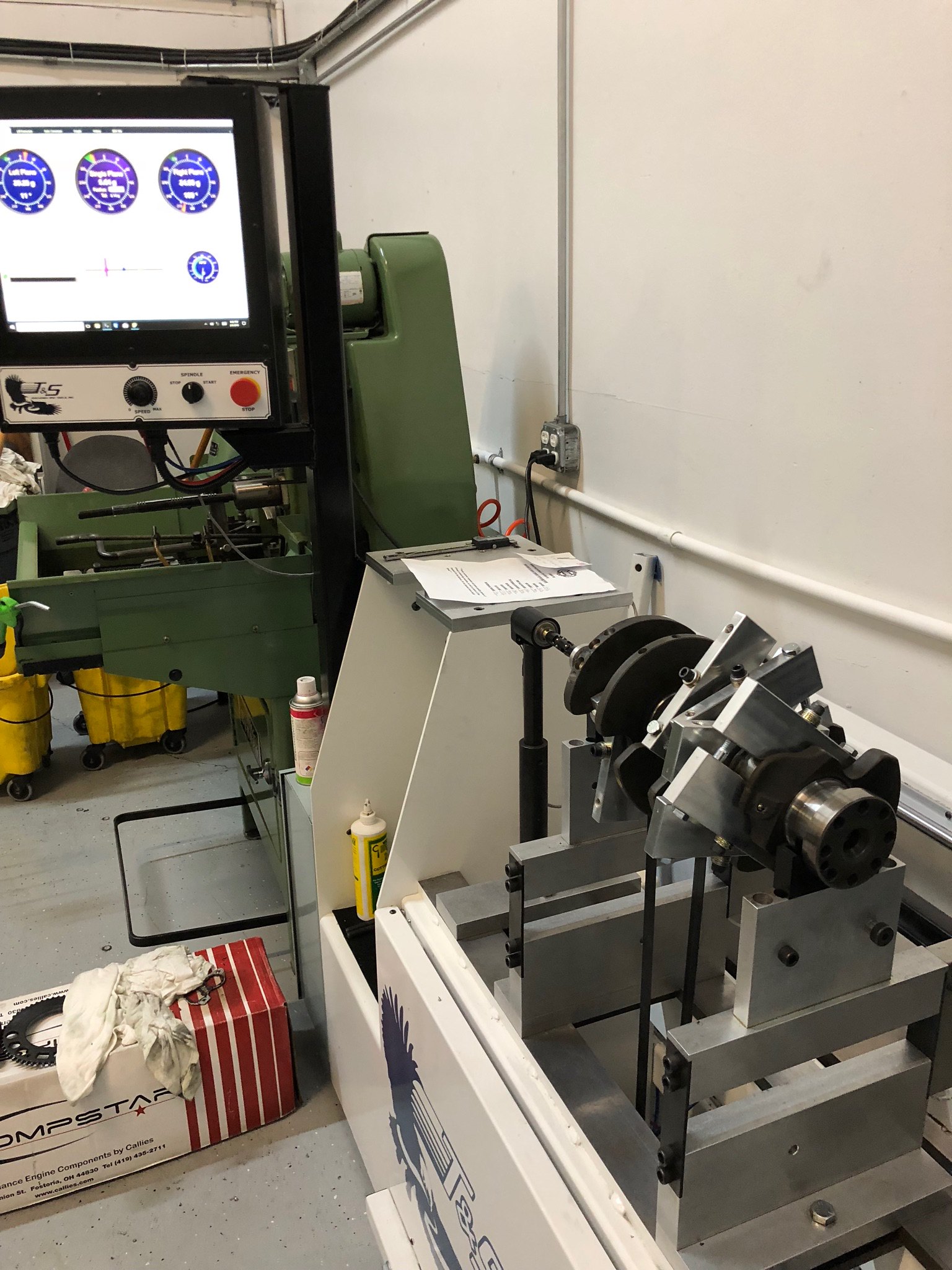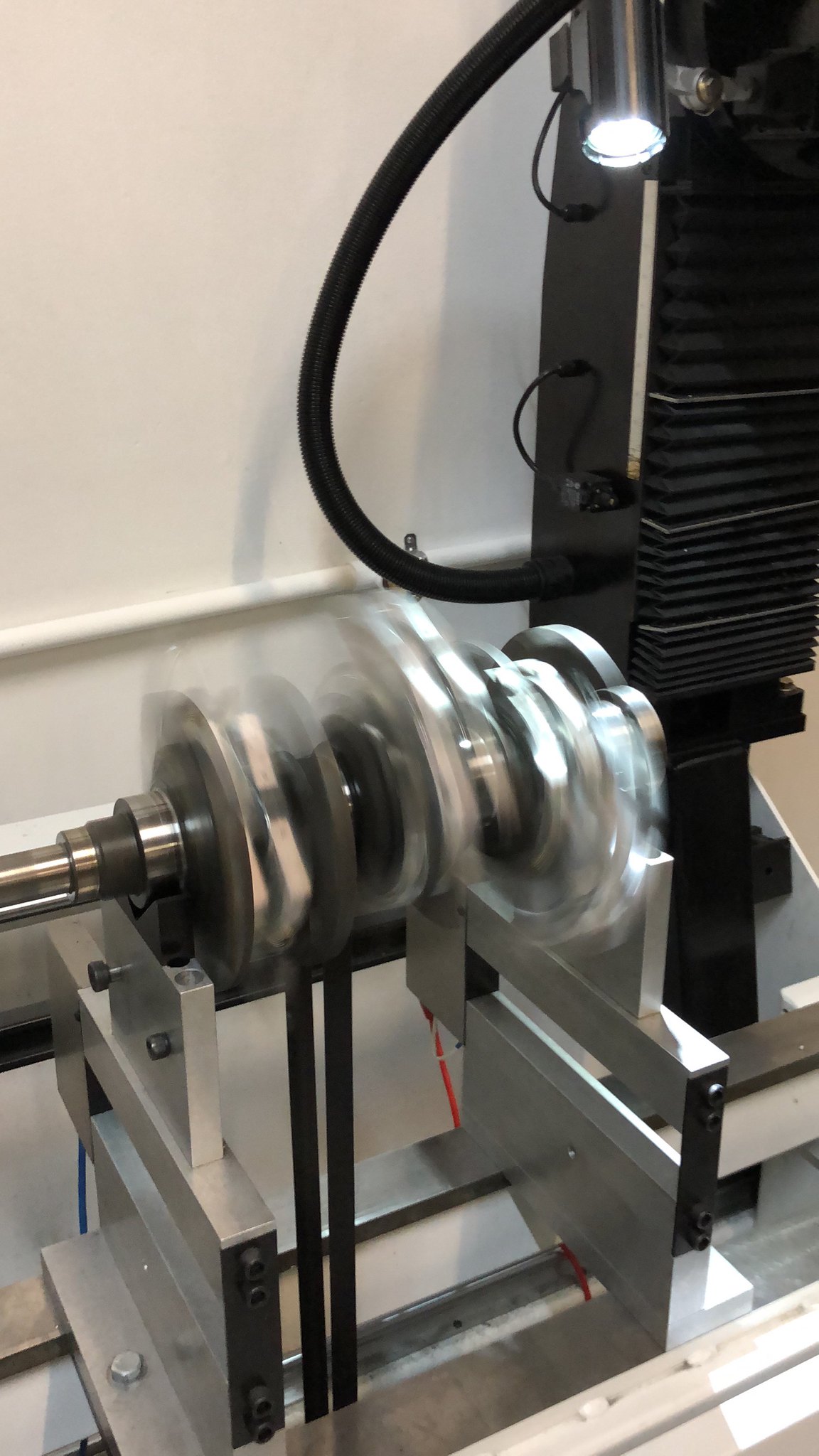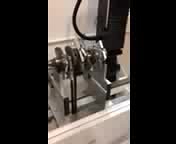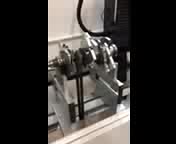Nah, clutch/flywheel should be (and are) neutral balanced. The crank shouldn't be balanced with the flywheel/clutch, unless you want to rebalance the crank every time you change your clutch/fw.
You're right - it isn't practical obviously when you go to change the clutch....
That's why it's a good thing to check while everything is apart for at least one clutch (which should last a looong time if you choose the right clutch for the application) . If the clutch is perfectly balanced from the manufacturer and the interface with the crank is perfect, then nothing will need to be done. However, if you're chasing that last bit of perfection, you should always check the rotating assembly balance as a whole (obviously without the harmonic dampener).
Honda balances the NSX-R engines that way, along with all of the engine builders I know.
If you're willing to take a chance machining crank journals to within 0.0001" so you can use all same-color bearings, I just thought maybe this crank was externally balanced too. No biggie. We all have different philosophies in what we think is important or not given our past experiences and limited funding. Well, at least I know my funding is certainly limited.
And for the record, I changed out my CF clutch after 6k miles because I didn't like it.:biggrin: Fortunately, I know that there was no material removed from the crank to do the external balance for that clutch (as there shouldn't be theoretically). There was however, a small bit removed from the clutch flywheel when I had it balanced.
As far as higher RPM, I'd be fine spinning this bottom end up to 10+, the difference is up top. If the valves can't retract fast enough they're gonna still be hanging out down low when Mr. Piston comes up, and you'll have a lot bigger problems than a li'l OOB-misfire. Spring the valves for as high an RPM as the cams will make power, anything more than that just winds up making it more work for the engine to open the valves and you start losing power.
A few of us here have spun the stock valvetrain up to 9k without issue. The limit is the oil pump, but I engineered a dry sump system. You can still make power if you massage the heads a bit and use a different intake manifold. I saw no reason to change cams or valves for my build... just new OEM springs, retainers (because those two are highly stressed), seats, and seals. I didn't even need to replace the valve guides - there was no wear even at 120k miles!














